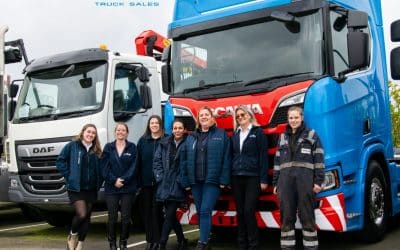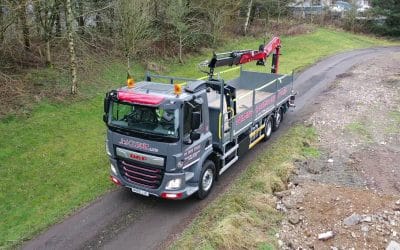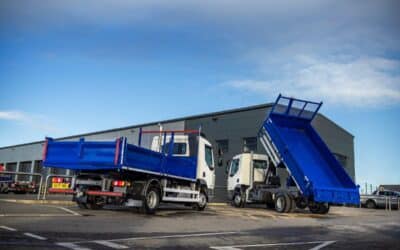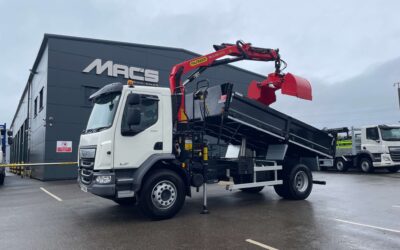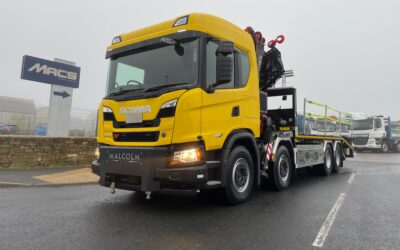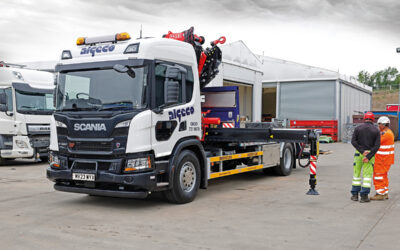If your firm moves skips, your operators must be aware of skip loader safety issues and best practices. A number of deaths and injuries in the UK are caused every year during the movement of skips, which should put skip loader safety high on your agenda.
It might be an innocent bystander, a client, or one of your drivers that get hurt. In any of these instances, your company’s reputation could be destroyed, your insurance premiums will go up, and you could get in trouble with the law.
Legal Requirements
The Health and Safety Executive (HSE) has published a Safe Use Of Skip loaders pocket card, designed to help companies and skip loader drivers fulfil their legal safety requirements.
The Reporting of Injuries, Diseases, and Dangerous Occurrences Regulations 1995 (RIDDOR) requires reporting incidents involving skip loaders. You can find out more about RIDDOR reporting here.
Checking The Vehicle
Before turning the ignition key and getting things rolling, you should check the vehicle and its associated equipment for damage, wear, and faults.
Your skip loader vehicle check should ensure all of these items are in good working order:
- Brakes
- Tyres
- Steering
- Lights
- Mirrors – or rear CCTV camera if fitted
- Audible reversing alarm
- Wheel chocks
- Lifting equipment – including hooks, hoses, chains, and controls
- Safety gear – including booths, high-visibility clothing, and PPE
Runaway Trucks
A runaway skip loader is a dangerous thing and something you will want to avoid at all costs. To prevent runaway trucks, you should park on level, solid, and even ground, apply the handbrake, and use chocks on sloping ground. Flat plates should be fitted to stabilisers if the skip loader does not have all-wheel braking.
Remember, the effectiveness of chocks is determined by external factors such as slope steepness, surface friction, and stability.
How To Use Safely
The first step in the safe use of a skip loader is to be prepared for the job head. Drivers should receive information about the receiving site, including any special precautions or risks. For example, there may be low overhead electricity cables or obstructions. A defined route into and through the site must be used, or safety personnel should observe and direct entry.
The skip loader driver should be aware of exactly where they need to go on site. They should also be mindful of site rules, such as one-ways systems, pedestrian access routes, and required PPE such as safety glasses and hard hats.
Once on-site, safer working is achieved by minimising the number of reversing manoeuvres and the distance of each. Drivers are responsible for ensuring the area is clear and using the vision-assistive tools at their disposal, such as reversing cameras, mirrors, and proximity alarms.
If signallers (banksmen) are guiding the movement of the skip loader, then the driver and signaller should ensure they understand the visual commands.
When drivers exit the cab, they should avoid jumping, which can cause ankle twisting or broken limbs. Good quality boots with solid ankle supports can be highly effective at reducing the risks of personal injuries. When outside of the vehicle, it is safest to remain close to it and not wander out into the potential path of other vehicles.
Any sheeting and un-sheeting should occur from ground level, and you should avoid climbing onto the vehicle whenever possible. Autosheeters, harnesses, or gantries should be used if available.
Before moving a skip, you should:
- Check that chains, hooks, tipping bars, and lugs are fully engaged and in good condition
- Chains are not knotted or twisted
- The load isn’t overweight
- Doors are closed and locked
Get Professional Training
Macs Trucks offers bespoke training for operators and drivers, with our crane and lifting gear familiarisation training. Our skip loader safety training covers major issues and risks such as:
- Assessing the suitability of the ground when picking up and dropping off
- The correct use of chocks
- Flat plates and stabiliser legs use on sloping ground
- Safe sheeting, un-sheeting, and harness use
- The inspection process for hooks, chains, tipping bars, hinges, panels, and lugs
Skip loader safety for those who use commercial skip loaders is something that should not be overlooked. Get in touch with Macs Trucks today to arrange training for your drivers.

